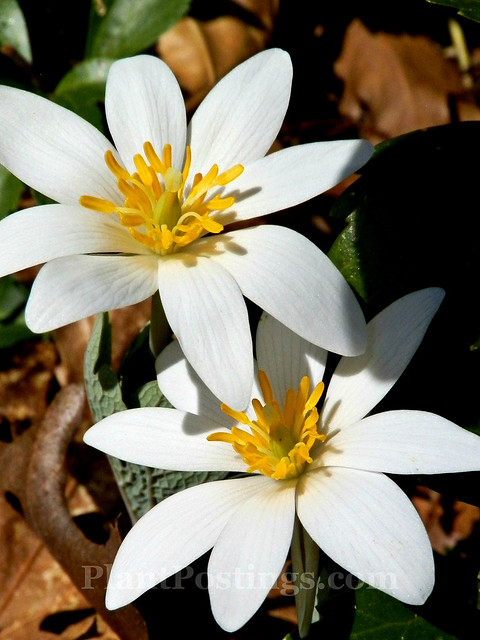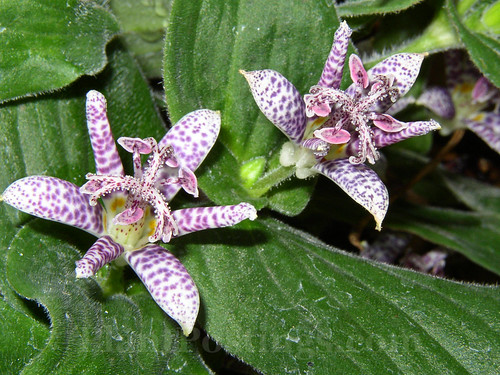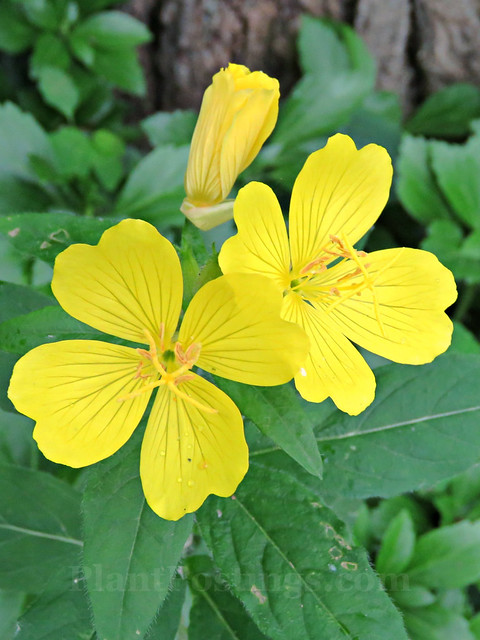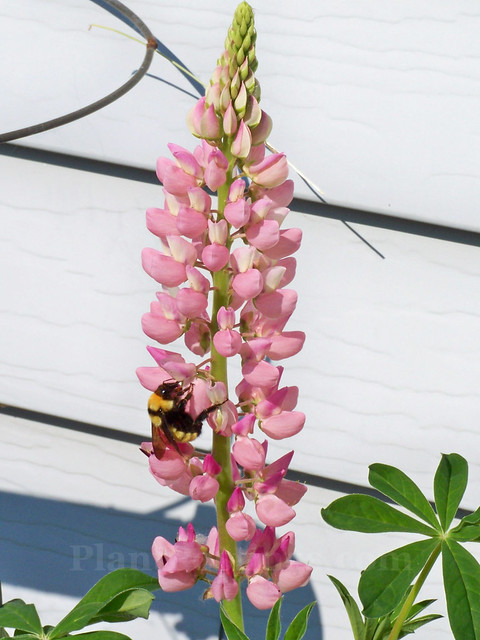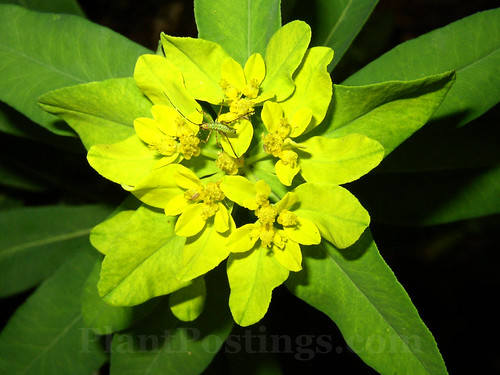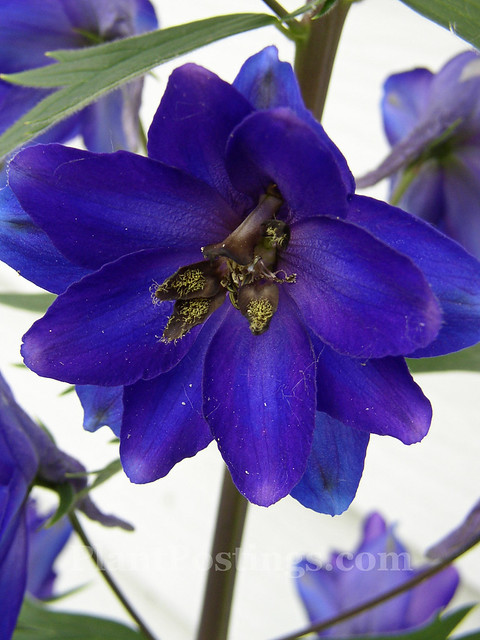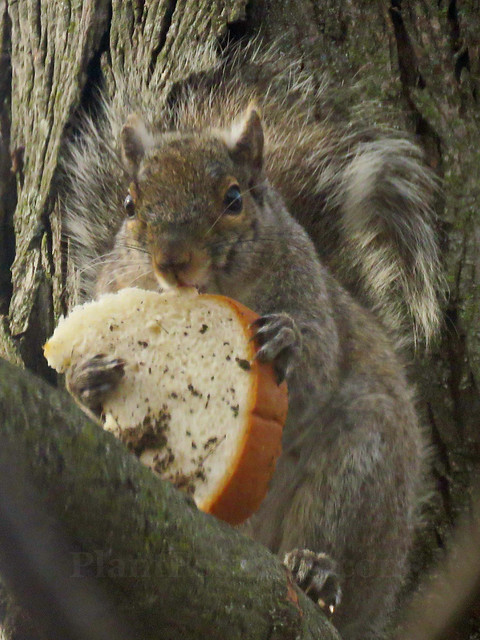It's the end of one year, and the beginning of another; time to remember and time to hope.
For several years now on this blog, I've created end-of-year
lists of my favorite garden and nature "things." They help me appreciate each moment and each season in its time.
This time, the remembering and the hoping are overlapping more than usual; I'm not sure why, but I'm finding this phenomenon interesting. Also, while looking back over the memories, I realized that with the exception of a couple of the months, these were experiences that were new to me. And of course, I hope to experience them again.
In any case, here are 12 moments from the past year that give me hope for the year ahead.

I cheated with this January memory; it actually happened in February...but it was awesome. I was heading down to the lake for a hike and noticed the sky. The photo doesn't really do it justice, but the light and the clouds and the bare tree branches...it was all so dramatic. I look forward to more dramatic sky moments in the winter weeks ahead.

We had a mild February in 2019--most of the ice on the nearby lake melted at one point, and the waterfowl congregated in large numbers. While this is not really normal, it's always exciting to see the lakes melt because it means spring can't be far away.
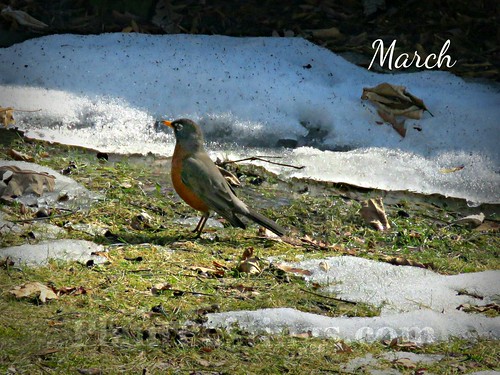
After the mild February, we had a bit of a relapse in mid-March with some heavy snow. The robins were already back, and they had to find little patches of open ground to dig for worms. I hope this particular memory doesn't repeat itself in 2020.
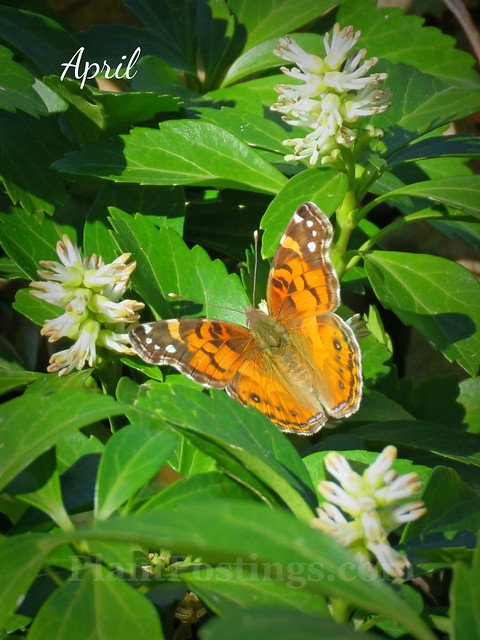
I'll never forget the masses of butterflies that covered the Pachysandra in April. While there are always many migrant American ladies, painted ladies, and red admirals in the garden each spring, I've never seen so many at once in my garden--everywhere I looked. Yes, please: I hope this will happen again this spring.
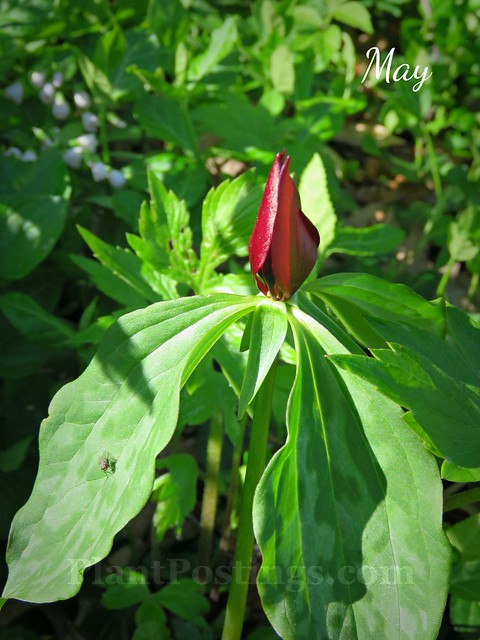
Trilliums have always been plentiful in the backyard woodland since we moved here 20 years ago--mainly
T. grandiflorum and
T. erectum. Last spring, for the first time, I discovered a new volunteer. At first I thought it was
T. sessile, but on closer examination of the sepal positions (downward rather than upward around the flower), I believe it's a Prairie Trillium (
T. recurvatum). I will be hunting for this one again in May.
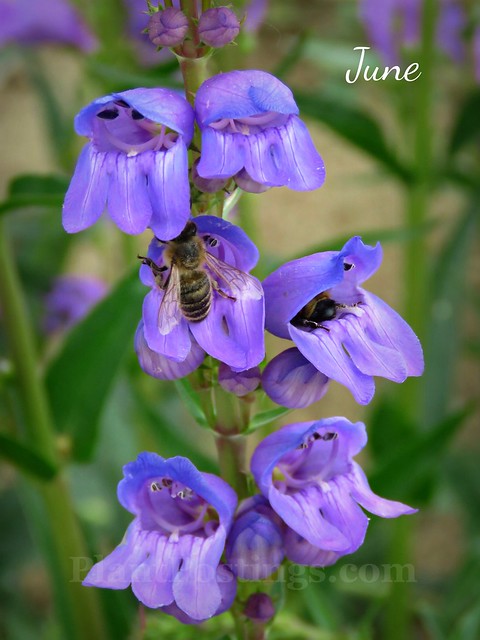
While I've seen many Penstemon plants over the years, this one blew me away: Rocky Mountain Penstemon (
P. strictus). For some reason, I don't remember noticing it during previous visits to Colorado; maybe the timing wasn't quite right. While attending the Denver Garden Bloggers Fling in June, I was mesmerized by this beauty in several gardens. (In 2020,
the Fling will be in Madison, which will offer more new discoveries!)

My favorite thing for July was not new, but it was as special as ever: more butterflies in the garden. In midsummer, the monarchs were plentiful here. Apparently, they had a great summer, overall, and people reported huge waves and roosts during the autumn migration south. Dr. Chip Taylor at Monarch Watch, however, predicts
lower overwintering numbers this year. I do hope there will be many visitors to my garden next summer--laying eggs on the milkweed plants and nectaring on the garden flowers.

In August, I discovered a new hiking spot. I can't believe I'd never checked it out before, because it's only a few minutes from my home. One of the delightful things about this property is that it's filled with native wildflowers. It also combines waves of various ecosystems--woodlands, prairies, wetlands, rocky spots, and the edges of all of these. The biodiversity is incredible. Yes, I will be hiking here again in 2020!

Do you ever feel lucky to be in the right place at the right time? That was the case in September when I happened upon some blooming Indiangrass (
Sorghastrum nutans). It wasn't necessarily a new experience, but viewing it and photographing it at close range at the peak of bloom gave me a new appreciation for its beauty that I will carry into the future.
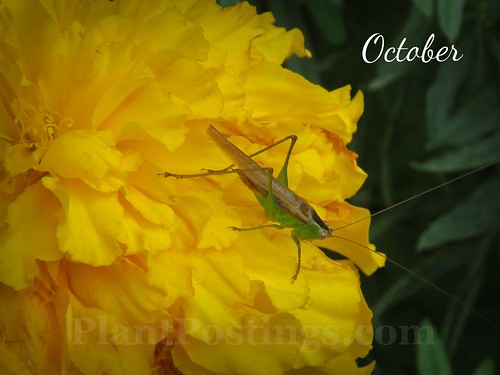
It's always nifty to have garden visitors, but they're especially fun to see well into October. I simply enjoyed this little buddy hanging out on the Marigolds. Insects are fascinating, and I hope many more will visit the garden in 2020.

Snapdragons in the snow! That's a new one for me. I think they even would have bloomed again if I'd brought them inside to overwinter. You have to appreciate tough plants like that, and I'll plant more
Antirrhinum majus in the new year.
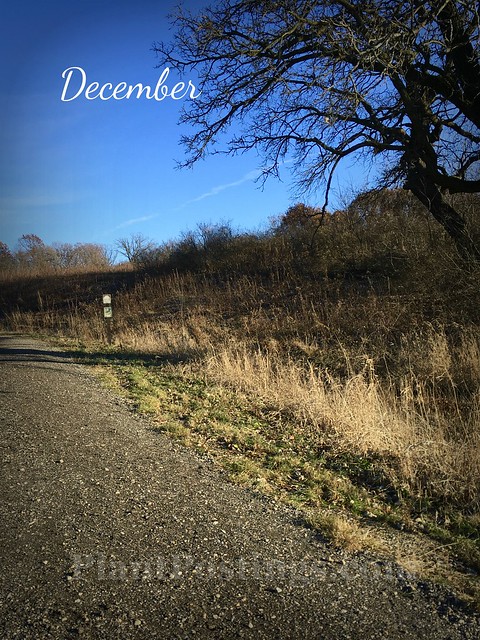
Finally, in December I checked out a hiking spot I hadn't been to for a while, and I introduced it to the dog. He liked it! It's always a bonus to find a great place to hike that also allows dogs. Win-win! I'm sure we'll trek here repeatedly in 2020!
~ ~ ~ ~ ~ ~ ~ ~
These simple pleasures, and many more, promise that the year ahead will be bright. Each month offers its own unique, simple blessings.
My hope is that you, too, will find many "favorite things" and gifts that will bring you much joy in the year ahead.
Happy New Year!





















































